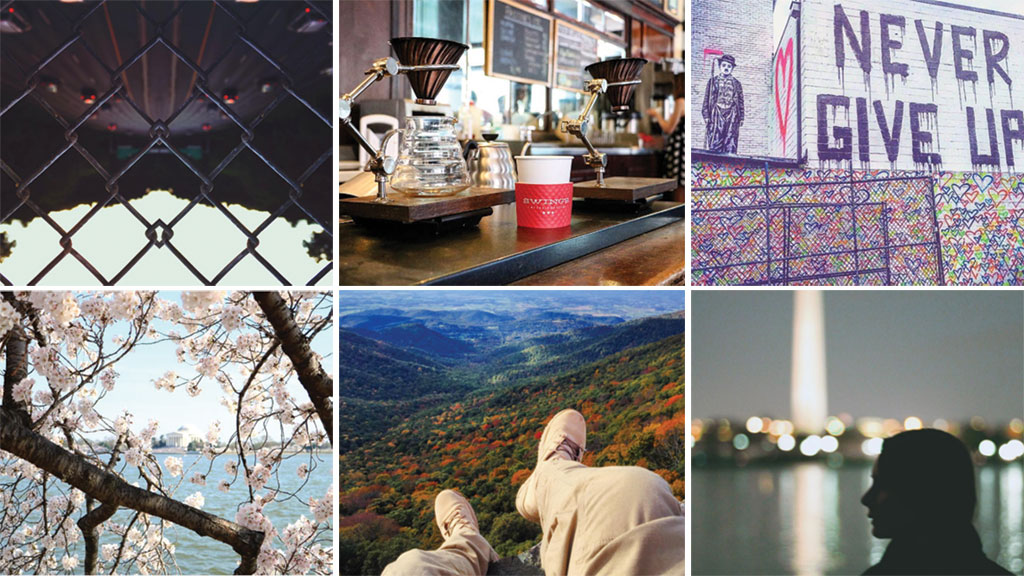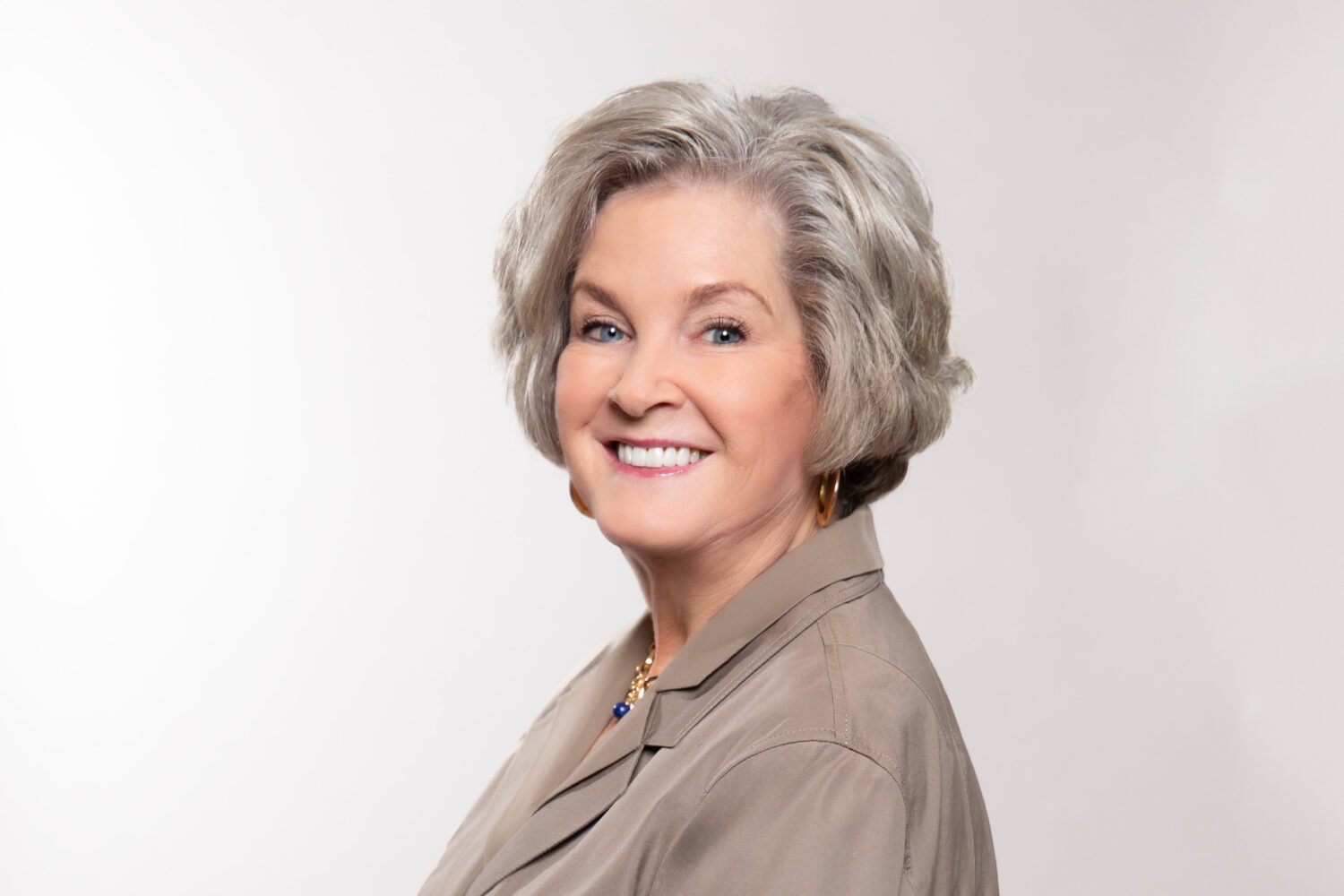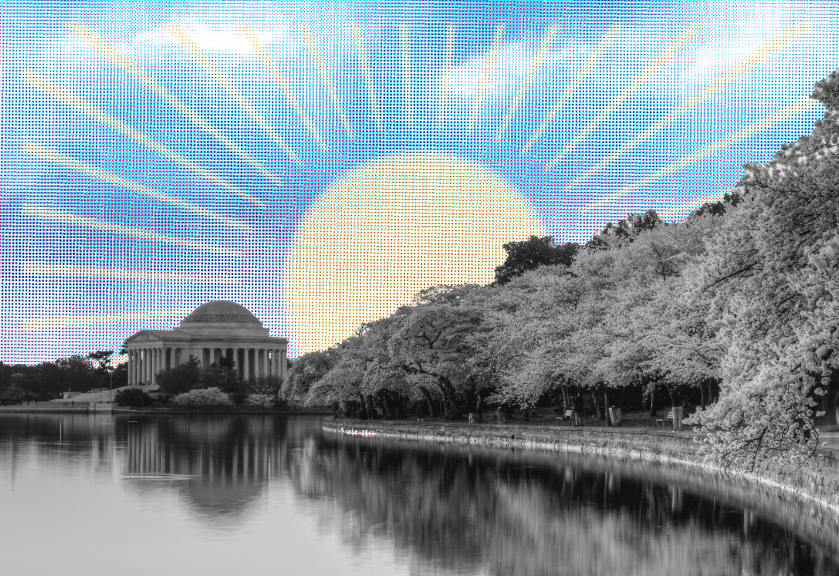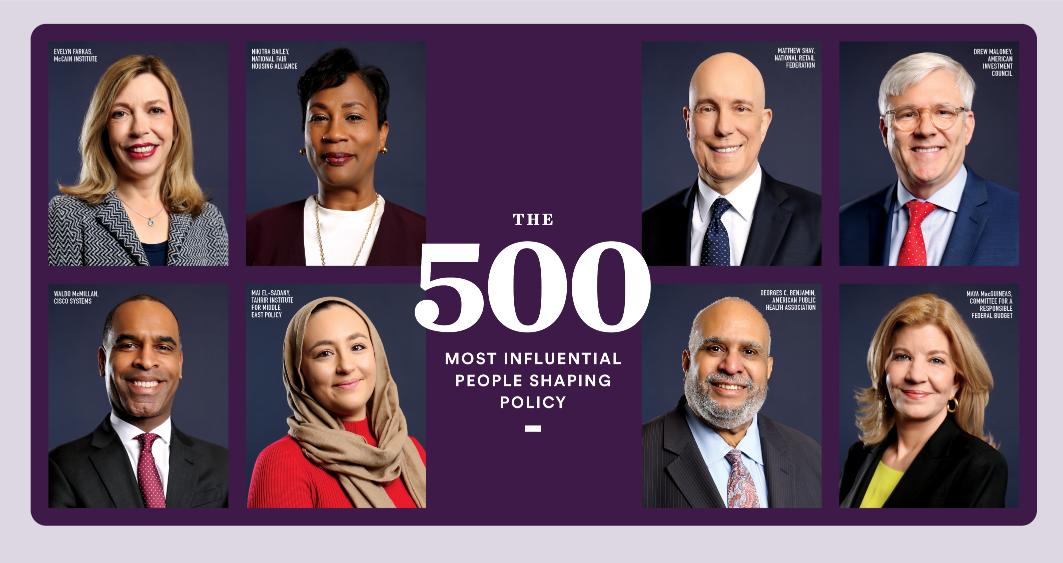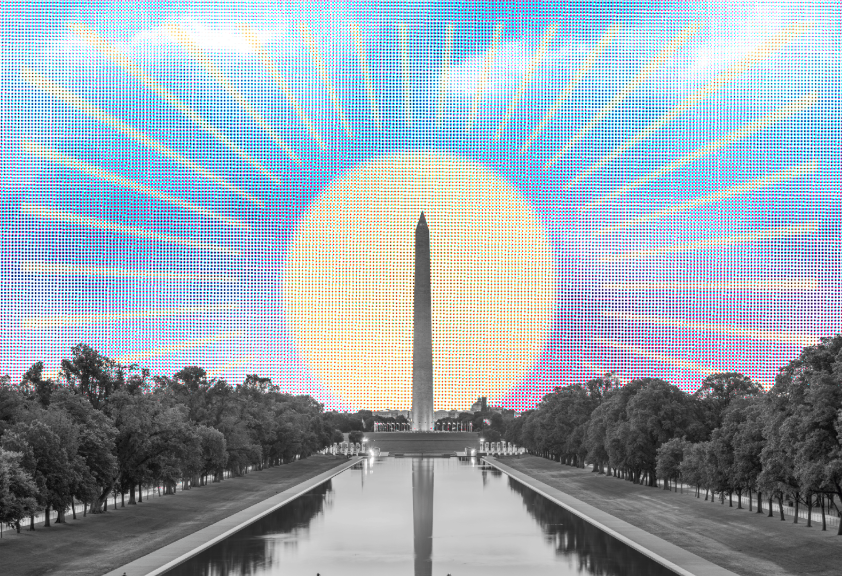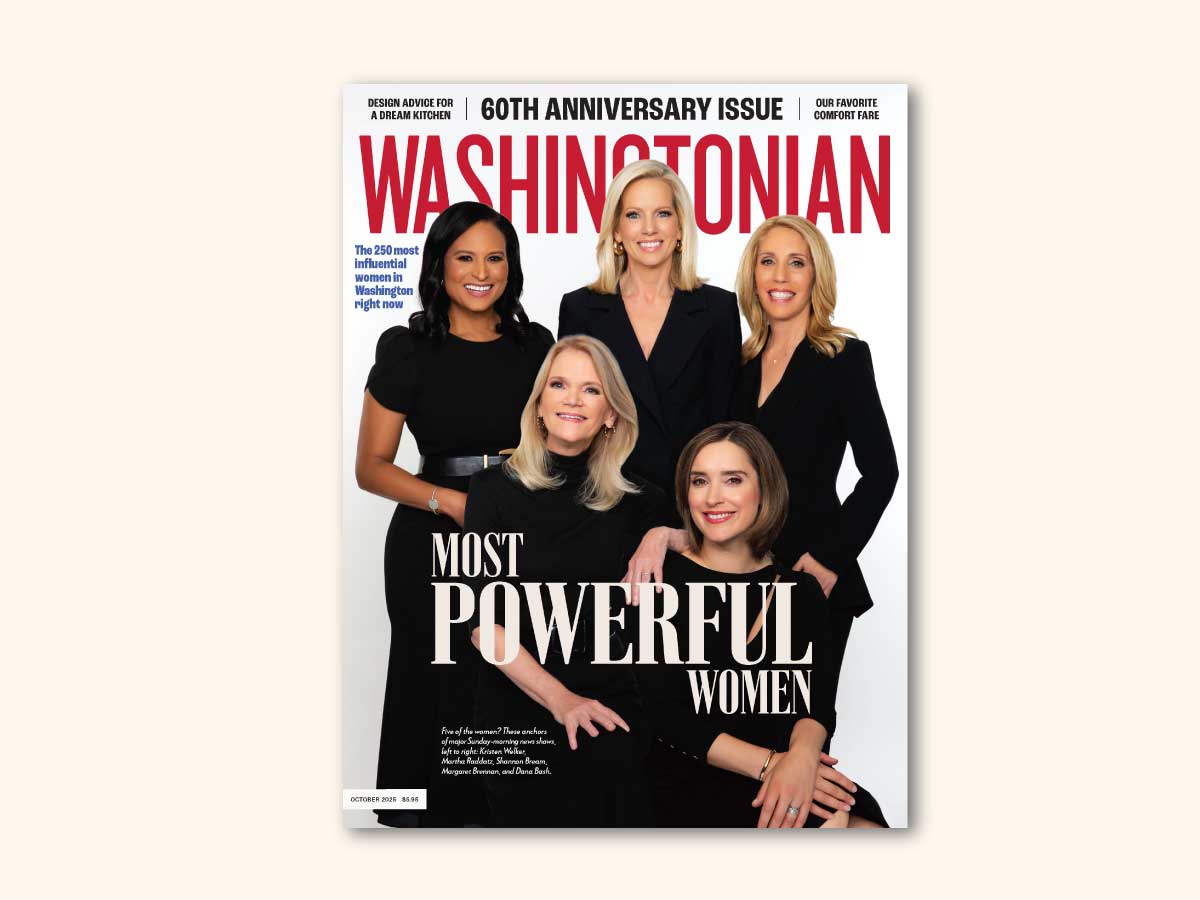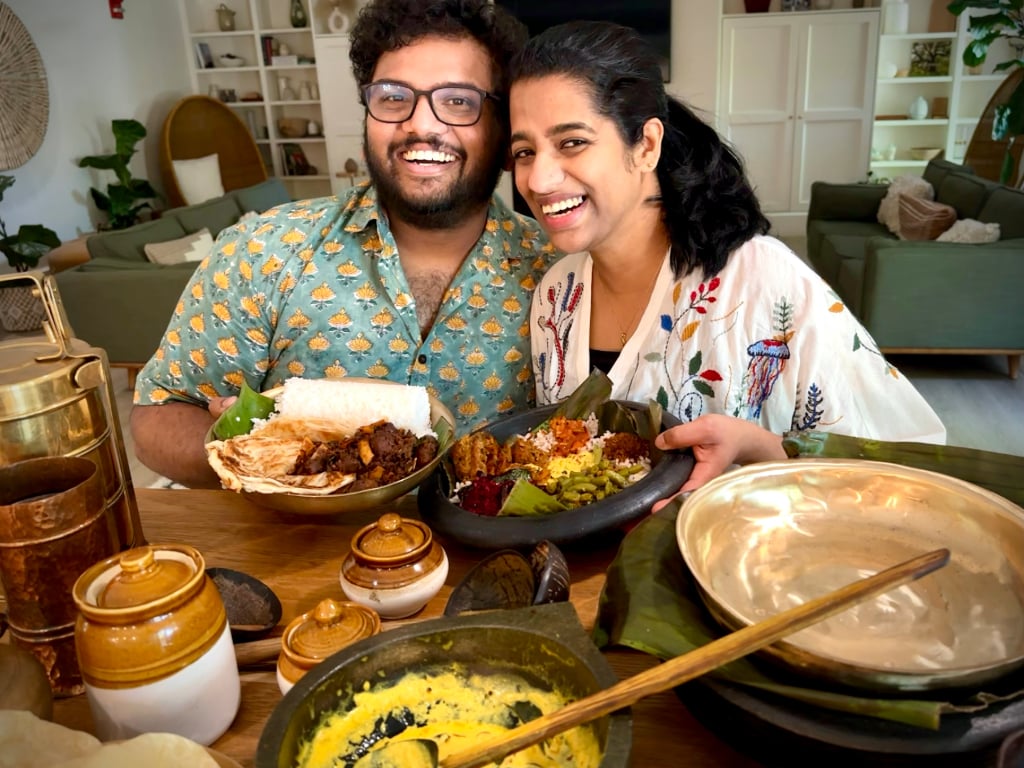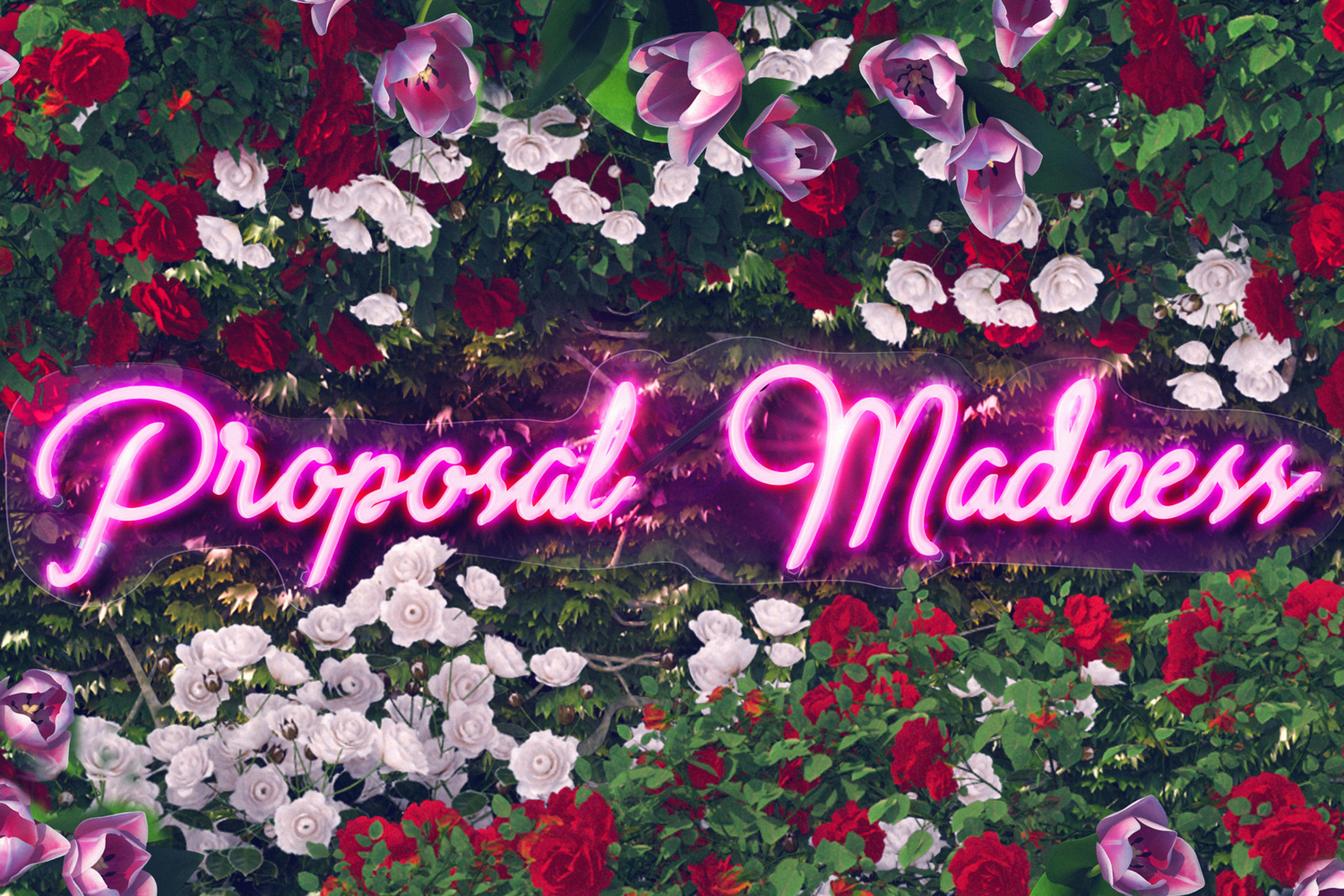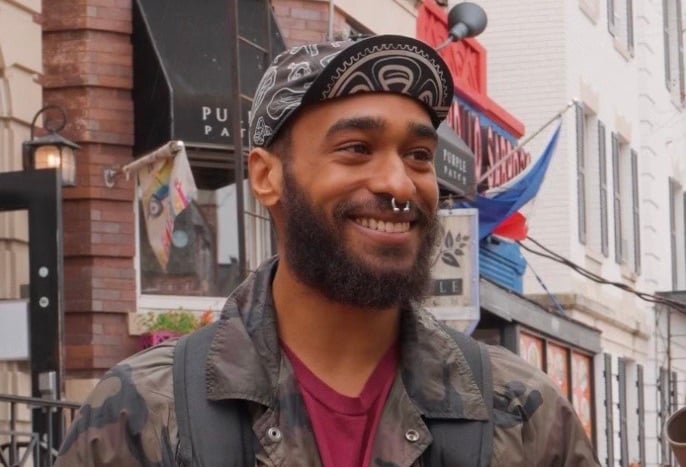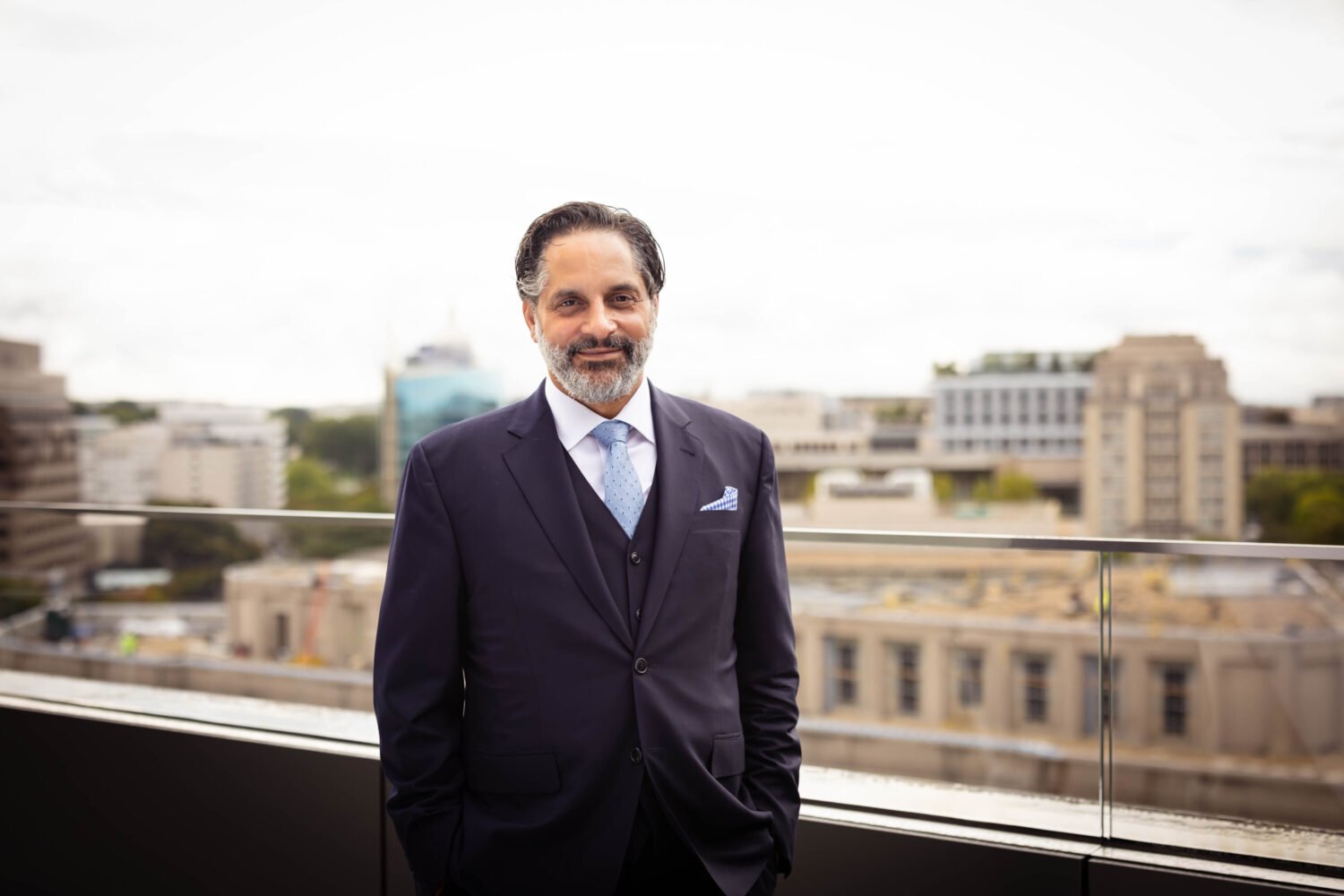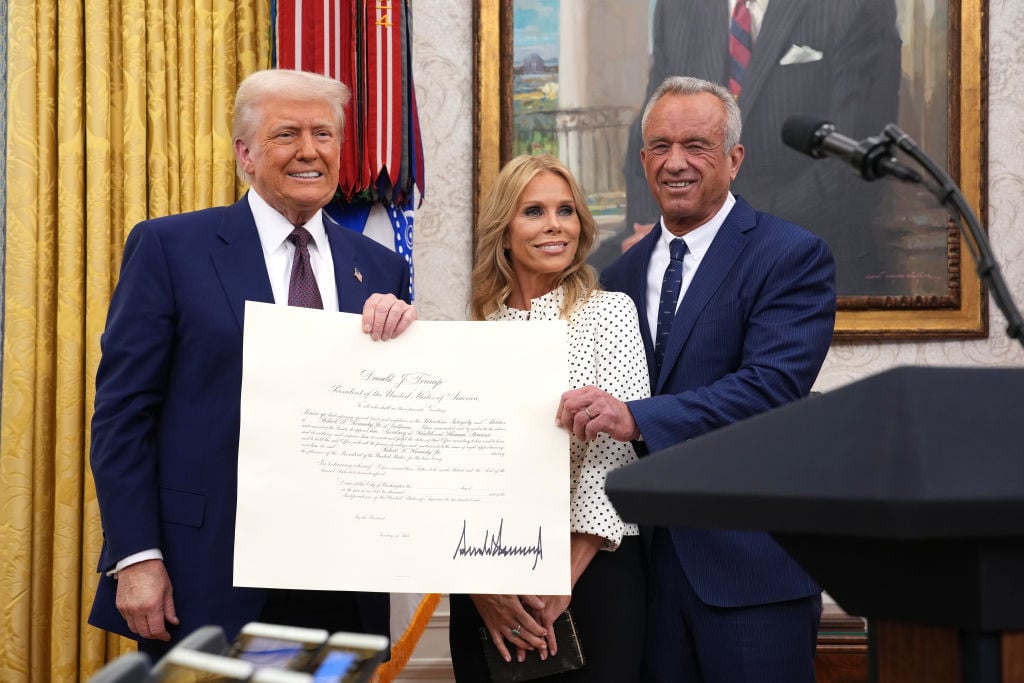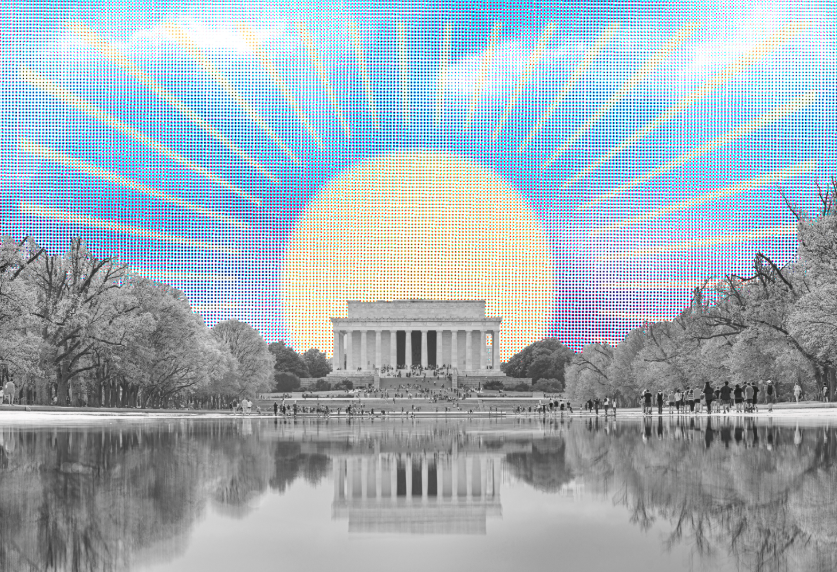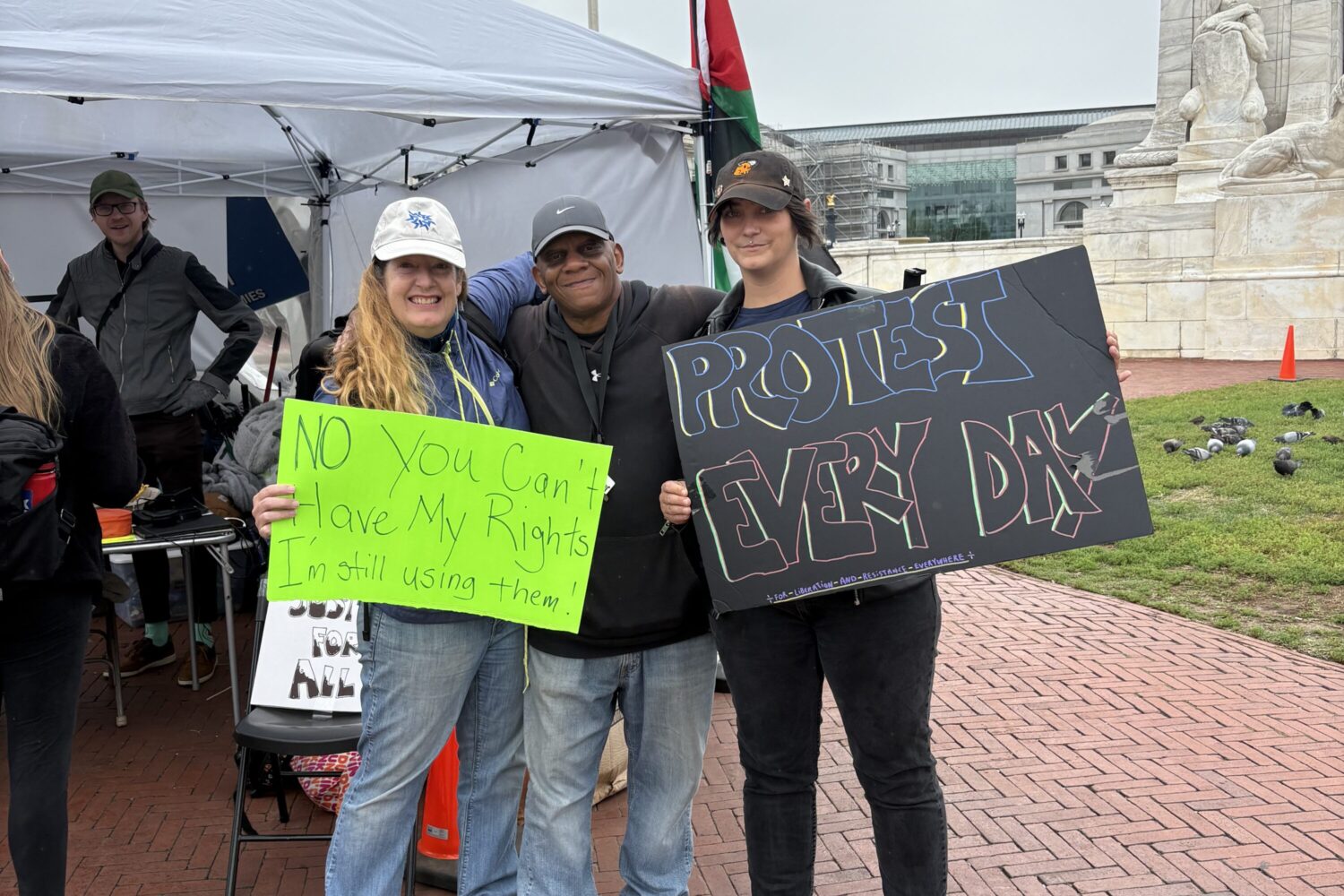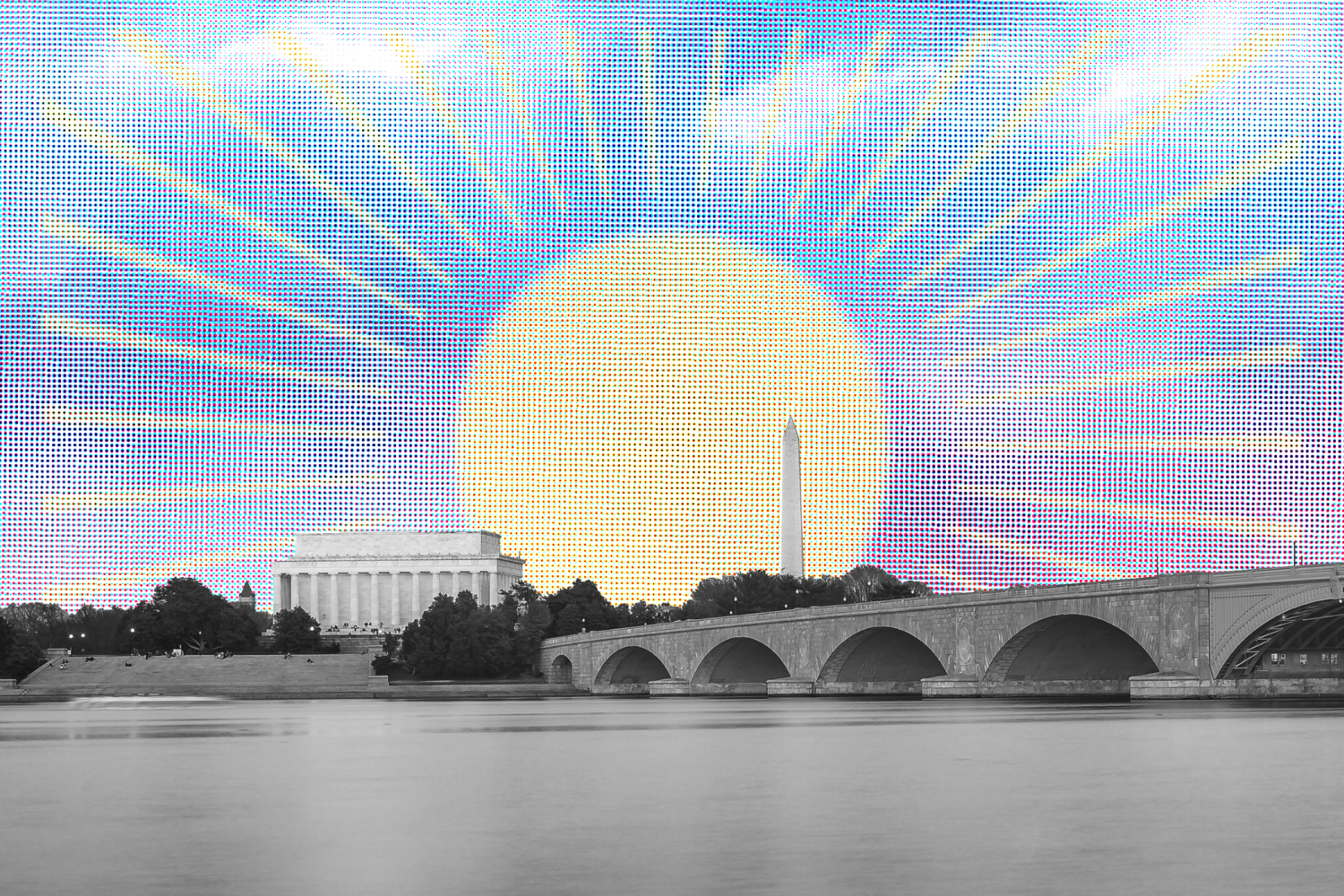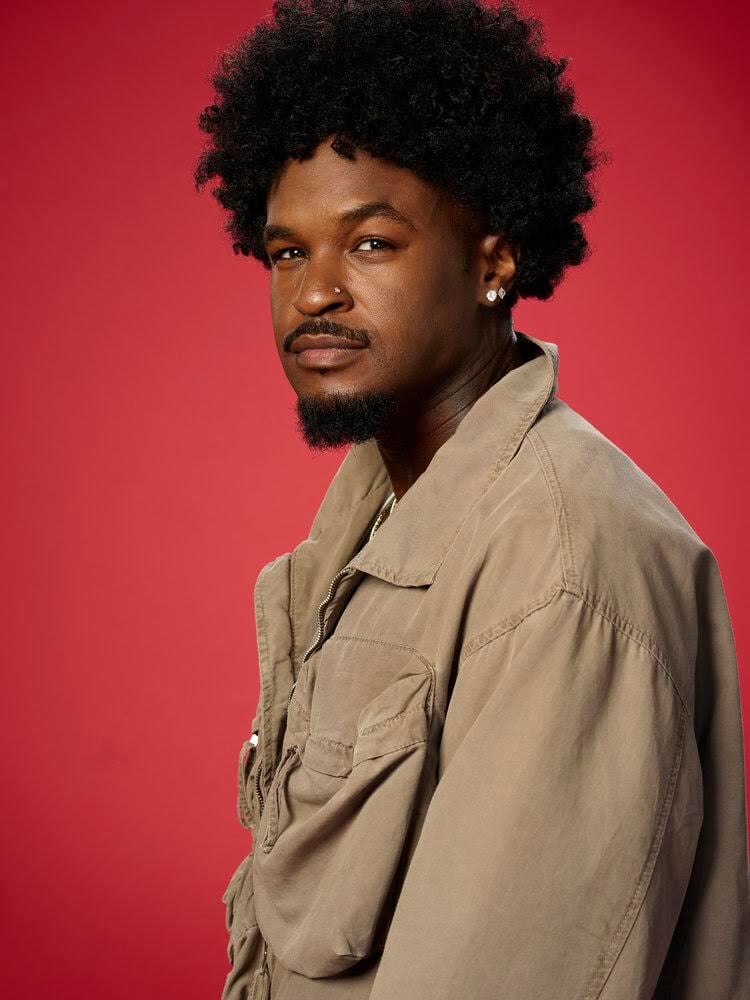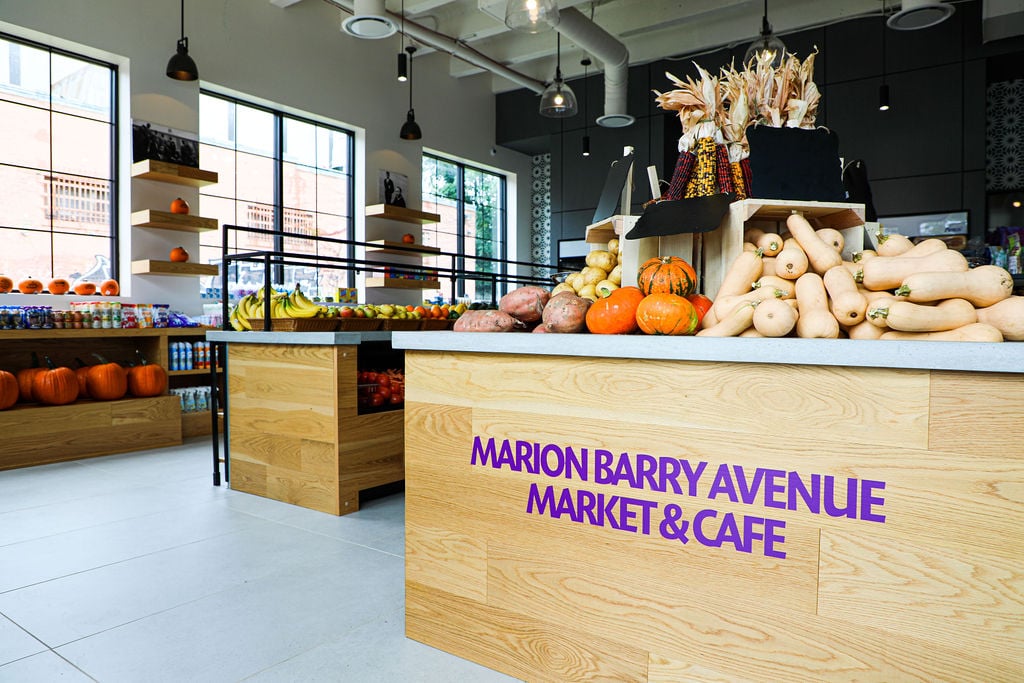The hashtag #LiveAuthentic has been used 9,625,743 times on Instagram (a number that excludes nearby misspellings, like the 31,131 people who forgot the T, the 26,731 people who left out the H, and the 18,515 people who weren’t content with just one H).
For the uninitiated, the archetype for a #LiveAuthentic post is this:
- They are almost exclusively exterior shots, preferably someplace woodsy, but, when using an urban landscape, the most authentic choose background graffiti or exposed brick.
- The time of day should be meaningful, sunrise or the gloaming, when the light was just right.
- Sometimes there will be a human subject, but it’s better yet if there’s only part of a human, like a hand holding an ice cream cone or a teacup, or feet overhanging a ridge.
- Whatever else is true, no one in the photo should look at the camera (side-eye is allowable).
Yeah, there’s close to ten million of those.
That’s a big number, but it doesn’t necessarily surprise. A collective interest in authenticity–a need to prove how real we are to ourselves and to others–pre-dates Instagram by at least a couple of hundred years. Descartes was talking about it long before Sartre was and long before the default photo shape was a square. Authenticity was fundamental to the punks, who disdained its opposite: the inauthentic. The ones who merely looked the part. “Poseurs,” they called them, the ultimate insult. You were real, or you were just posing. Like for a picture.
In other words, exactly what Instagram is all about.
Instagram is a photo-sharing app, a place to trade facsimiles of real life with the people you know in real life and, increasingly and aided by the use of hashtags, with people you don’t know in real life. Photography itself is a discipline roiled by debate over authenticity, about the fine line between capturing and constructing truth, making the problem of the LiveAuthentic hashtag an almost recursive one. Labeling the photo “authentic” only does further damage.
https://www.instagram.com/p/BDMoCKaGHh1/
There are variations on the theme, but flick through enough #LiveAuthentic photos and you’ll get a sense of what I mean. There is a quality they have in common. And therein lies the first problem with #LiveAuthentic on Instagram. Authenticity, at least as Kierkegaard defined it, was roughly equivalent to being true to one’s self, however original or unpopular; it was a departure from an earlier conception of authenticity with ends in being true to others, in being pleasing. If this is the kind of authenticity being invoked, then how did the #LiveAuthentic feed get so relentlessly pretty?
But maybe that’s not how “authentic” is being used here. The word can also denote something as genuine, not a copy of something that came before it. If this is what is meant by its hashtaggers, the gulf between what’s authentic and what’s #LiveAuthentic seems even larger. It doesn’t take much of a scroll to find two pics of rooftop vistas, or rose bushes, or (way more than) two captures of latte art.
https://www.instagram.com/p/BCRUL9eSGTN/
Ultimately, the biggest problem for the LiveAuthentic hashtag might just be the app that it calls home. Instagram is a platform for expression at the same time it is a platform for consumption. You know who can see what you post and you know who liked what they saw. Users, including myself, post photos for the explicit purpose of having them seen. But while living authentically might attract an audience (this was certainly true for punks), it’s not performative. Posting a photo on Instagram, even the urge to post a photo to Instagram, is basically antithetical to living authentically. Authentic behavior is agnostic to being seen.
What really confused me until recently is why the LiveAuthentic hashtag wasn’t backfiring. I reached out to some local #IGers to figure out why the term wasn’t a turn-off. One named Ian Nash responded:
“Too many of us waste our time pretending to be something we’re not. ‘Live Authentic’ is a reminder to be true to ourselves. This isn’t about ‘going against the grain’ but about experiencing life to its fullest by being present and listening to our conscience, not what society tells us. My hope is that I am able to reach and collaborate with a group of like-minded individuals who will be most receptive and affected by the content I share.”
https://www.instagram.com/p/_N8mjTg9uJ/
Used in this sense, authenticity doesn’t mean actual authenticity; it’s a placeholder for a word that means something significantly more confused and less radical. Photos that avoid listening to “what society tells us” while still not really “going against the grain” aptly describes what I’ve seen on the #LiveAuthentic feed. It shies from the mundane and the ugly. If it features someone at work, that work is sunlit and creatively fulfilling. If it features something messy, it is artfully messy, like ice cream melting down a manicured hand.
Lately I get the feeling people are climbing mountains they wouldn’t otherwise climb so that they can take a photo that will enable them to connect to this community of aesthetically-obsessed, would-be gypsies. It’s a fundamentally inauthentic act performed by a group of people who have appropriated the word and given it a private meaning. But it’s also a lot more pernicious than that.
https://www.instagram.com/p/BDeqfxvnX0D/?taken-by=awalkinthewild
You don’t need to do much Googling to discover that people find their Instagram scroll a pretty depressing place to hang out, a source of agony and envy. We all want to live authentically. We want to be true to ourselves. We want to listen to our own consciences first. We think it will make us happier, and there’s plenty of reasons to believe it will.
But what to make of a community that expects the process of shirking social demands and living a personal truth to also be worth looking at, maybe even to strangers? That wants us to live authentically so that others can let us know if they like what they see?
Instagram is a cool, quick way to share photos. It is not a visual map to a better way of life. #LiveAuthentic posts are not road signs, they’re fictions, and every like we give them makes the hashtag a little more threatening to real authenticity.
https://www.instagram.com/p/BBS99cBCjHN/?taken-by=aloari

